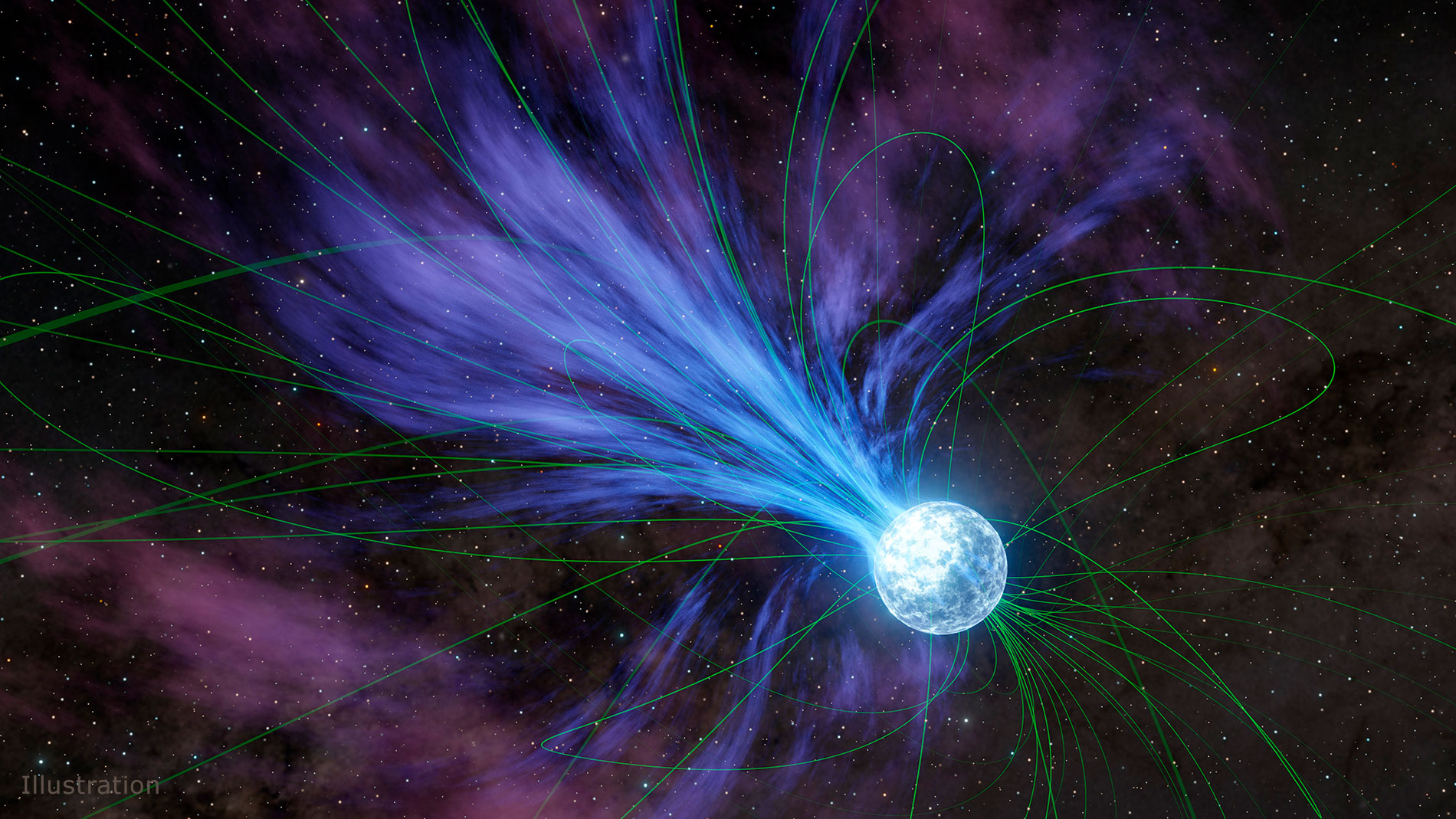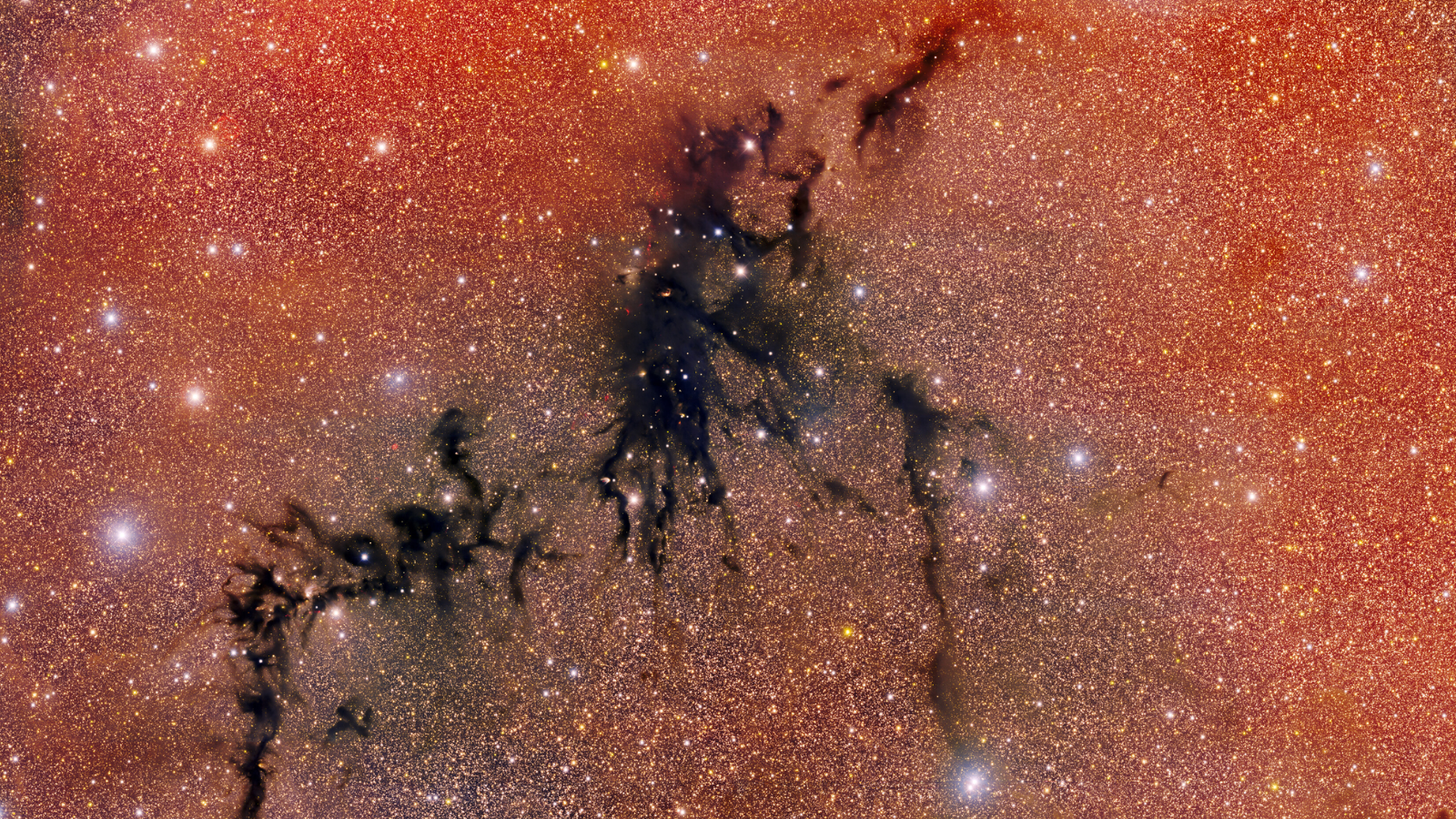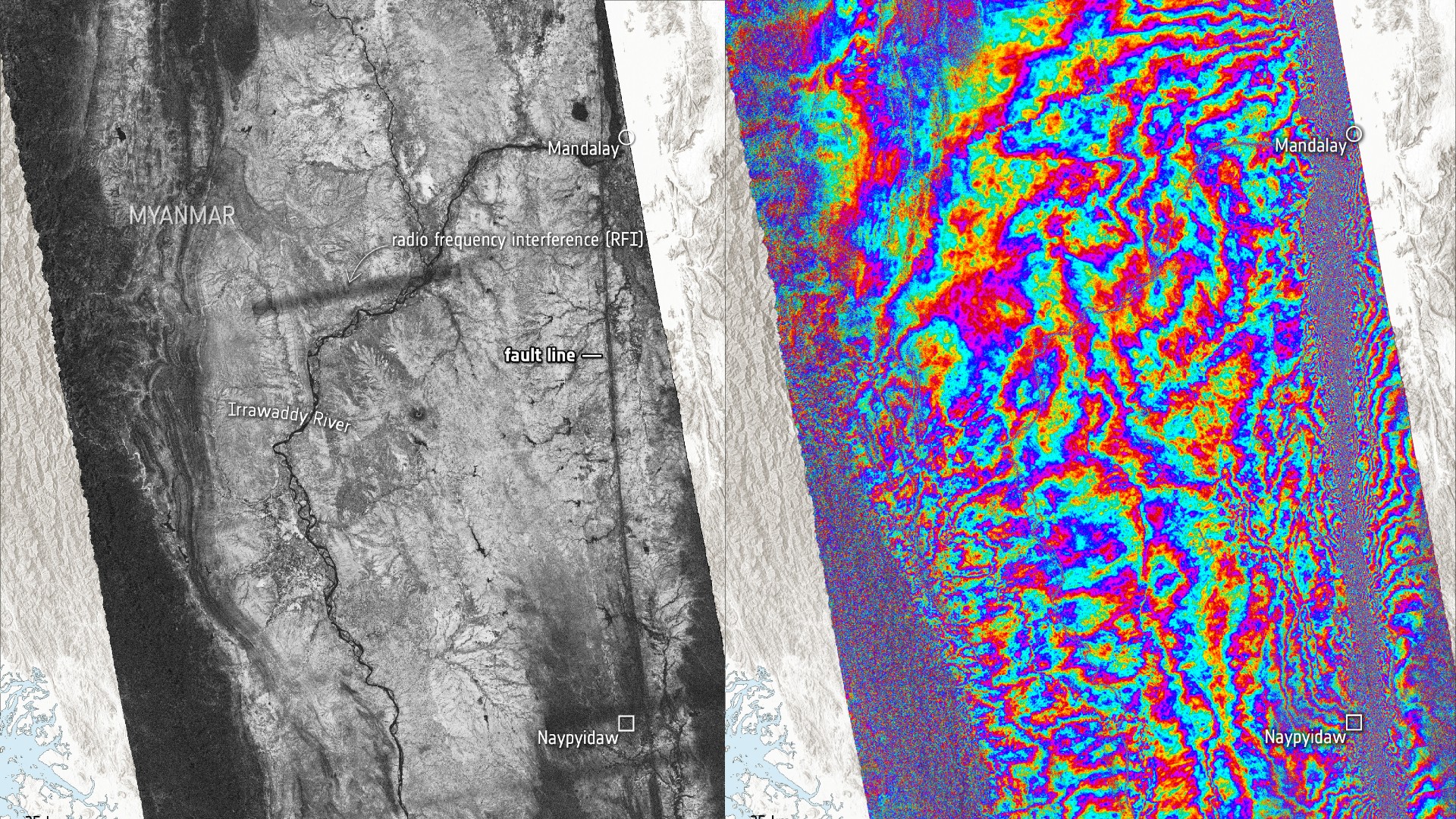Supercomputer Breakthrough Allows Astronomers to Share Universe Simulations
Supercomputing has helped astrophysicists create massive modelsof the universe, but such simulations remain out of reach for many in the UnitedStates and around the world. That could all change after a successful testallowed scientists in Portland, Ore. to watch a Chicago-based simulation of howordinary matter and mysterious dark matter evolved in the early universe.
The streaming event also took place in real-time, whichmeans that teams in both Chicago and Portland could have theoretically played togetherin the simulation as easily as PC or console video gamers play together inonline games.
The demo goes far beyond entertaining people with pretty3-D journeys through the earlyuniverse. Only supercomputers can handle the huge amounts of data that makeup the most sophisticated astrophysics models, and scientists can't alwaystravel to places with supercomputing clusters to do their research. Having theability to stream a fully-rendered simulation online allows scientists to collaborateon research remotely and overcome the barriers of limited access tosupercomputers.
"This is an example of trying to break down thatbarrier ? a barrier that gets higher every day as simulations get morecomplex," said Mark Hereld, a computer scientist at Argonne NationalLaboratory (ANL) in Illinois.
Complex simulations have become necessary for tacklingthe tougher astrophysics puzzles such as darkmatter. Scientists estimate that dark matter makes up over 70 percent ofmass in the universe, but they can only detect the invisible substance bymeasuring the gravitational effect it has on visible ordinary matter. Thelatest simulation showed how ordinary matter and dark matter might interactover the course of almost 7 billion years, starting from the theoretical BigBang at the beginning of the known universe. The universe is 13.7 billion yearsold.
Cracking an astrophysics puzzle
Researchers specifically used the simulation to gauge howwell they could detect Baryon Acoustic Oscillations, a phenomenon related tothe clustering of certain fundamental particles in the gas between galaxies.They hope that the simulation will allow upcoming astrophysics surveys to makea direct comparison with the supercomputer predictions.
Get the Space.com Newsletter
Breaking space news, the latest updates on rocket launches, skywatching events and more!
"We can measure the density of intergalactic gas byseeing how strongly it absorbs the light from distant objects, particularly quasars,"said Rick Wagner, an astrophysicist at the University of California in San Diego. He told SPACE.com that Baryon Acoustic Oscillations show up as"peaks" in the overall density map of the universe, and added that"measuring these peaks accurately is one of the best tools for nailingdown the fundamental properties of the universe."
Such subtle density differences only show up on hugegalactic scales, and so the model simulated a volume of space 1 billionlight-years on each side. One light-year represents the distance that light cantravel over the course of a year ? about 6 trillion miles (10 trillion km).
Supercomputing power
Turning such huge chunks of data into an interactivemovie of the universe proved tricky. The simulation began as 148 terabytesof data, where one terabyte roughly equals 200,000 digital photos or musicmp3s. The University of Tennessee's Kraken supercomputer spent the equivalentof 4 million CPU hours crunching the numbers, before it could pass on the data tothe Eureka computer at ANL. Eureka then took care of the visual rendering thattransformed the simulation into a 3-D model.
The true test came when ANL shared its renderedsimulation in real-time on a massive tiled display hosted by the San Diego Supercomputer Center at the 2009 Supercomputing Conference held in Portland, Oregon during last November. Hereld's group developed software to stream the simulationover a fiber optic connection at 10 gigabits per second, or about 10,000 timesfaster than the average cable modem speed for U.S. broadband users.
Wagner spent much of his time in Portland managing thetiled display wall that allowed him and his colleagues to view the simulationon a huge scale, and identify subtle patterns. The display walls also provideenough visual space to show many different activities at the same time, rangingfrom video conferencing to movies and presentations.
"This wall has personally given me a more intuitiveunderstanding of how the structures (e.g., galaxies, galaxy clusters,filaments) at various scales relate to one another," Wagner said.
Simulations for all
Back in Chicago, Hereld said that it's just a matter oftweaking the software coding to allow remote end-users such as Wagner tointeract with data or simulations. Researchers can already take pre-renderedchunks of simulations home to play with on their laptops or desktop computers,but that still pales in comparison to being able to dive into a full-fledged simulationat will ? even if they are physically hundreds or thousands of miles away.
"If your science is the discovery science where youhave to interact, hop around and look for stuff in a simulation, that's thetime when you need to do the rendering in real-time," Hereld said.
Having real-time access to the mostpowerful simulations and datasets could ultimately prove a game-changer forthe greater scientific community.
"Our data came from a supercomputer, but it couldhave come from a large scale astronomical survey, like Pan-STARRS or LSST ? ora particle collider," Wagner said. "The freedom to move our dataallowed us to see it in ways we never thought possible; it will be great to seethis capability made available to more researchers."
- Video: Dark Matter in 3-D
- Vote: The Strangest Things in Space
- Greatest Mysteries: Where is the Rest of the Universe?
Join our Space Forums to keep talking space on the latest missions, night sky and more! And if you have a news tip, correction or comment, let us know at: community@space.com.
Jeremy Hsu is science writer based in New York City whose work has appeared in Scientific American, Discovery Magazine, Backchannel, Wired.com and IEEE Spectrum, among others. He joined the Space.com and Live Science teams in 2010 as a Senior Writer and is currently the Editor-in-Chief of Indicate Media. Jeremy studied history and sociology of science at the University of Pennsylvania, and earned a master's degree in journalism from the NYU Science, Health and Environmental Reporting Program. You can find Jeremy's latest project on Twitter.









